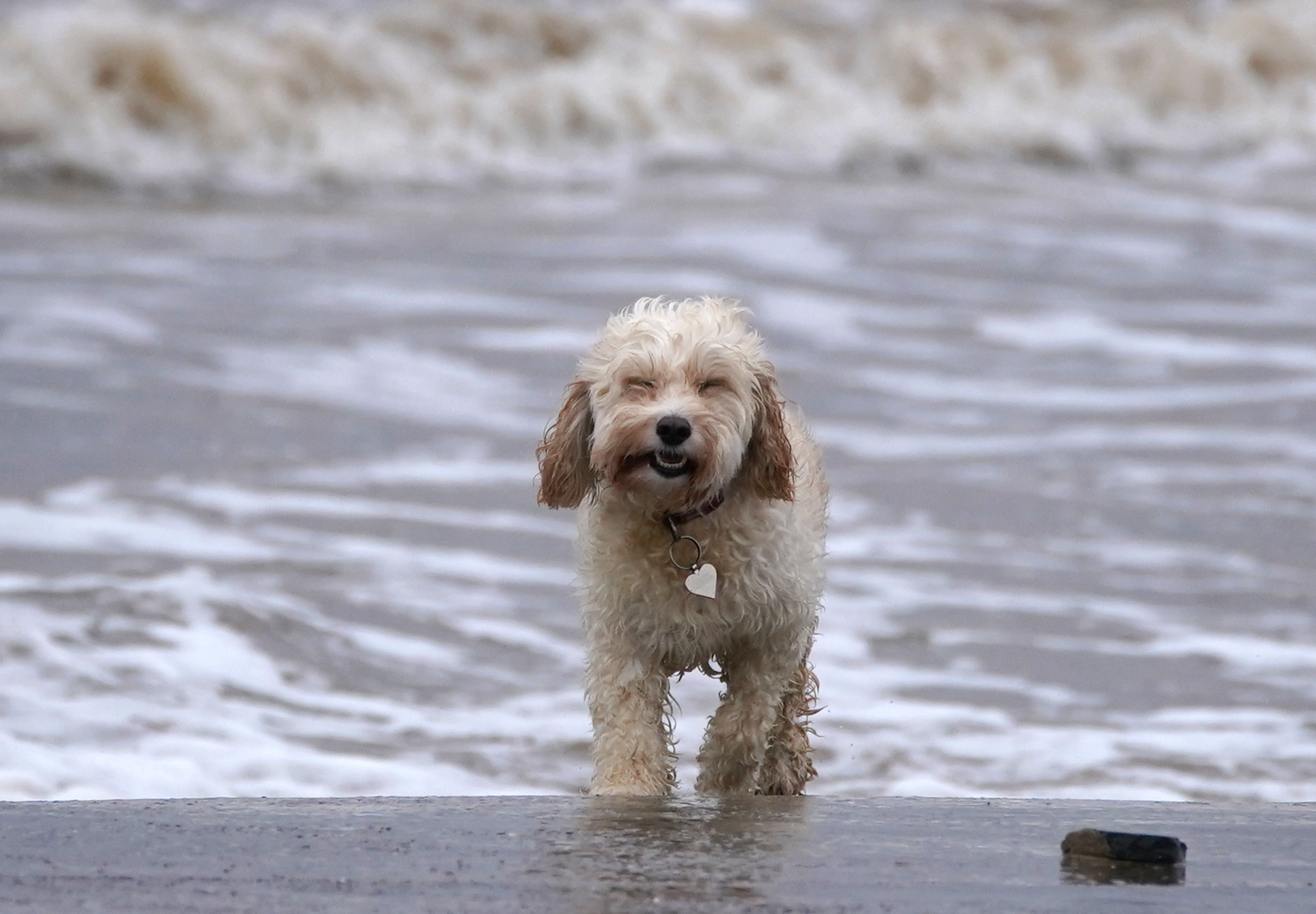Behaviour like tail-chasing ‘more common in dogs with first-time owners’
Previous research has found that abnormal repetitive behaviour can damage relationships between dogs and owners.

Repetitive behaviour, such as tail-chasing, is more common in dogs who have first-time owners, a new study suggests.
The traits are also more likely to be seen in animals who live with larger families and those who exercise for less than an hour a day.
Previous research has found that abnormal repetitive behaviour can damage relationships between dogs and owners and negatively impact the animal’s wellbeing.
As abnormal repetitive behaviour can considerably worsen the wellbeing of dogs... a better understanding of the environmental, lifestyle, and molecular factors affecting canine repetitive behaviour can benefit both dogs and humans
These actions could include snapping at their reflection or shadow, biting themselves, licking surfaces, pacing, staring, or spending time near their water bowl.
The authors suggest repetitive behaviour in dogs is linked to a range of factors, and understanding these factors could help improve dog welfare.
Writing in the Scientific Reports journal, the researchers said: “As abnormal repetitive behaviour can considerably worsen the wellbeing of dogs and impair the dog-owner relationship, a better understanding of the environmental, lifestyle, and molecular factors affecting canine repetitive behaviour can benefit both dogs and humans.”
Hannes Lohi, from the University of Helsinki, Finland, and colleagues surveyed Finnish owners of 4,436 dogs from 22 breeds between February 2015 and September 2018.
The owners described how often their pets engaged in a range in a variety of repetitive behaviours.
Researchers found that 1,315 (30%) of the dogs engaged in repetitive behaviour and the rate of this was associated with a dog’s home environment and lifestyle.
Repetitive behaviour was 58% more likely among dogs that were their owner’s first dog, and animals that lived with one person were 33% less likely to engage in repetitive behaviour than those that lived with a family of three or more people.
The study also found that dogs who did not live with another dog were 64% more likely to engage in repetitive behaviour than those that did.
While exercising for less than one hour per day was associated with a 53% increased likelihood of the actions, compared to exercising for between one and two hours per day.
Repetitive behaviour was most common in German shepherds, Chinese crested dogs and Pembroke Welsh corgis and least common in smooth collies, miniature schnauzers and lagotto romagnolos, according to the study.
Age also appeared to play a role, with the behaviour more likely to be displayed by dogs under the age of two, and over the age of eight.
Bookmark popover
Removed from bookmarks